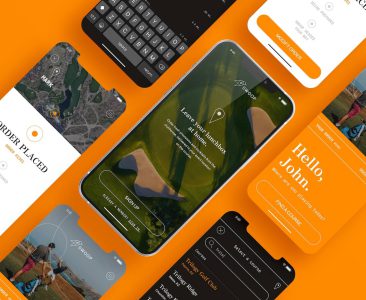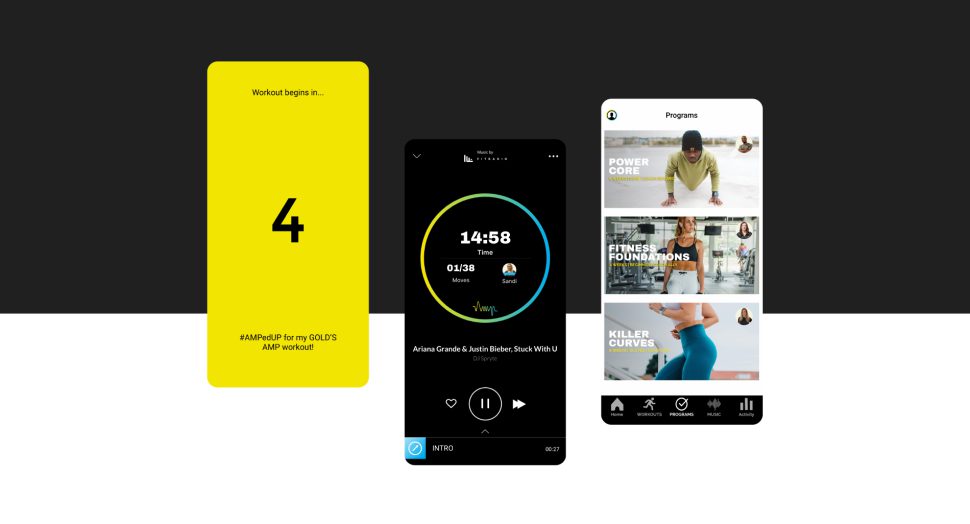May 14, 2024
Homepage Design Essentials for a Lasting First Impression
- Visual Soldiers
- UX/UI Design
- minute read

Understanding the Importance of Homepage Design
The homepage of your website acts as the front door to your virtual business or presence. It is often the first point of interaction for customers, stakeholders, and visitors, making it crucial to not only capture their attention but also encourage further engagement. First impressions are formed within seconds, and a well-designed homepage can set the tone for the user experience that follows. This article explores the essential elements and strategies to consider when designing a homepage that leaves a positive, lasting impact.
1. Clear and Concise Messaging
Main Headline
The main headline should immediately convey what the site is about in a clear and impactful way. It is the first text that visitors read and needs to communicate the website’s value proposition succinctly. A compelling headline often differentiates successful sites from mediocre ones.
Supporting Tagline
Directly following the main headline, a supporting tagline should provide additional information about the services or products offered, elaborating on the unique benefits. This tagline can help solidify the visitor’s understanding of what the website offers and why it matters to them.
2. Intuitive Navigation
Ease of navigation is paramount in homepage design. A well-structured menu with logical categories helps users find information quickly and effortlessly. Consider including a sticky or fixed navigation bar that remains accessible as users scroll down the page. Employ dropdowns or mega menus for sites with extensive content categories, ensuring that all navigation elements are touch-friendly for mobile users. Remember, the goal is to guide visitors through your site with minimal friction.
Here’s a great example of a simple navigation we designed and developed for Good Ask
And here’s a mega navigation example we designed and developed for Tao Group Hospitality. This option is mobile-friendly and includes carousel features, structured links and content, and more.
3. Visual Appeal
Use of Colors and Fonts
Choosing the right colors and fonts can dramatically affect the overall feel of your homepage. Colors evoke emotions and should be selected based on the psychological impact they have in relation to your brand. Fonts should be legible and web-optimized, ideally reflecting the personality of your brand while ensuring readability across devices and screens.
High-Quality Images and Videos
Visual content like images and videos can engage users more effectively than text alone. Use high-quality graphics that reinforce the message and are aligned with your brand. Consider the loading time of images and videos, as high-resolution files can slow your page down if not optimized properly. Featuring a hero image or video that tells a story can captivate the audience immediately.
4. Call-to-Action (CTA)
Your homepage should include a prominent call-to-action (CTA) that guides users towards the next step, whether it’s making a purchase, signing up for newsletters, or requesting more information. The CTA should be visually distinct and strategically placed to draw attention. Using action-oriented, persuasive language in your CTAs can significantly increase conversion rates.
5. Trust Signals
Incorporating elements that build trust is essential for any homepage. Display trust signals such as certifications, awards, client logos, or testimonials prominently. These elements reassure visitors of your credibility and established presence in your field. Including social proof, like customer testimonials or user count, can effectively influence decision-making and enhance trustworthiness.
6. Mobile Optimization
With an increasing number of users accessing sites via mobile devices, your homepage must perform flawlessly across all platforms. This includes responsive design that adjusts to different screen sizes, fast loading times, and accessible navigation tailored for touchscreens. Mobile optimization not only affects user experience but also impacts search engine rankings.
7. SEO Fundamentals
Search Engine Optimization (SEO) should be a key consideration in homepage design. Use relevant keywords naturally in your headline, taglines, and content. Optimize your images with alt text and consider the overall site speed, as these factors can influence your visibility in search results. Remember, a well-optimized homepage helps attract more organic traffic.
7. SEO Fundamentals
Your website’s homepage is critically important in making a lasting first impression. By focusing on clarity in messaging, intuitive navigation, visual appeal, effective CTAs, trust building, mobile optimization, and SEO, you can create a welcoming and effective homepage that not only captivates visitors but also encourages them to explore further. Proper attention to these elements will ensure that your virtual front door is both inviting and successful in converting visitors into engaged users.




